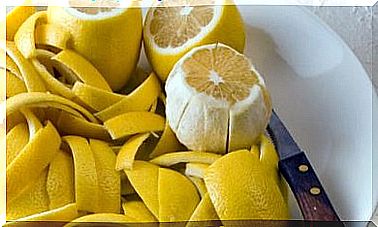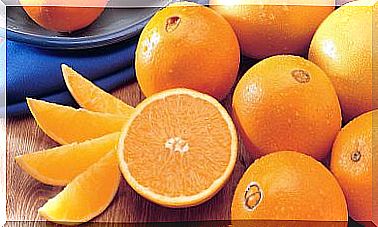Knitting: A Relaxation Technique In Times Of COVID-19
Knitting has become, for many people, a relaxation technique in times of COVID-19. The situation that the world is going through due to the pandemic has forced a large part of the population to live a period of confinement that is not easy to cope with.
The confinement, added to the fear of the disease, has been a trigger for constant episodes of stress and anxiety in both young people and adults and the elderly. And while there are many activities that contribute to relaxation, knitting has attracted attention for its particular effects.
Knitting is a relaxation technique with several benefits
Until a few years ago, people saw the habit of knitting as an exclusive activity of grandmothers. However, after learning that it serves as a relaxation technique, many began to be interested in its practice. In fact, it is now done by people of all ages and is considered a useful resource for mental health care. What are its benefits?
Helps against stress and anxiety
As we had already anticipated, one of the reasons why knitting is considered a relaxation technique is because it helps against stress and anxiety. Knitting involves staying focused throughout your practice, so it helps ward off the overwhelming thoughts that often trigger these emotions.
In an international survey published in the British Journal of Occupational Therapy , the habit of knitting was associated with feelings of calm and happiness. Therefore, it is a healthy practice that can be useful now that the confinement by COVID-19 is causing an imbalance in our emotions.

Take away the nervousness
The uncertainty caused by the pandemic, not only for fear of contracting the disease, but also for the consequences that it will leave in all areas, also leads to states of nervousness. In this sense, it seems that knitting also has a beneficial effect, contributing to the management of nerves.
A publication of the newspaper ABC of Spain highlights that knitting is a healthy way to “evade reality ” and “forget problems” , at least momentarily. That would explain why it helps to lower the pulsations and contributes to the management of the nerves.
Train cognitive function
Beyond its benefits as a relaxation technique, knitting has interesting effects on cognitive function. And while it is a subject that is still a matter of research, the findings that have been made so far support that it serves as a training for cognitive functions.
Thus, weaving is associated with stimulation of the motor cortex and the frontal and occipital lobes. Likewise, a study published in the Journal of Neuropsychiatry and Clinic Neurosciences determined that craft activities, such as knitting, quilting, etc., are associated with a lower risk of mild cognitive impairment.

Serves as a “digital detox” method
One of the main mental health recommendations given to us in these times of COVID-19 is to limit exposure to the media. As the Mayo Clinic explains through its page, the constant news about the pandemic contributes to increasing fear.
The downside is that a large part of the population spends a lot of time browsing social networks, watching television or accessing any medium where the news is constant, and not always true. Therefore, it is good to get into an activity such as knitting, which is more than a relaxation technique, it is a form of “digital detoxification”.
Being an activity that requires all the attention, it reduces the time in screens or news sources. Remember that to be informed it is better to go to reliable sites such as the CDC or the WHO.
Confinement, an opportunity to learn to weave
Those who already know how to knit have surely taken advantage of the period of confinement to enjoy this activity. However, those who do not yet know, may consider this time the perfect opportunity to learn.
With the facilities that we have thanks to the internet, it is possible to access tutorials, videos, courses and other tools that teach about fabrics. The best of all is that it is not difficult, it is entertaining, and once you learn it you cannot forget it. Cool!









